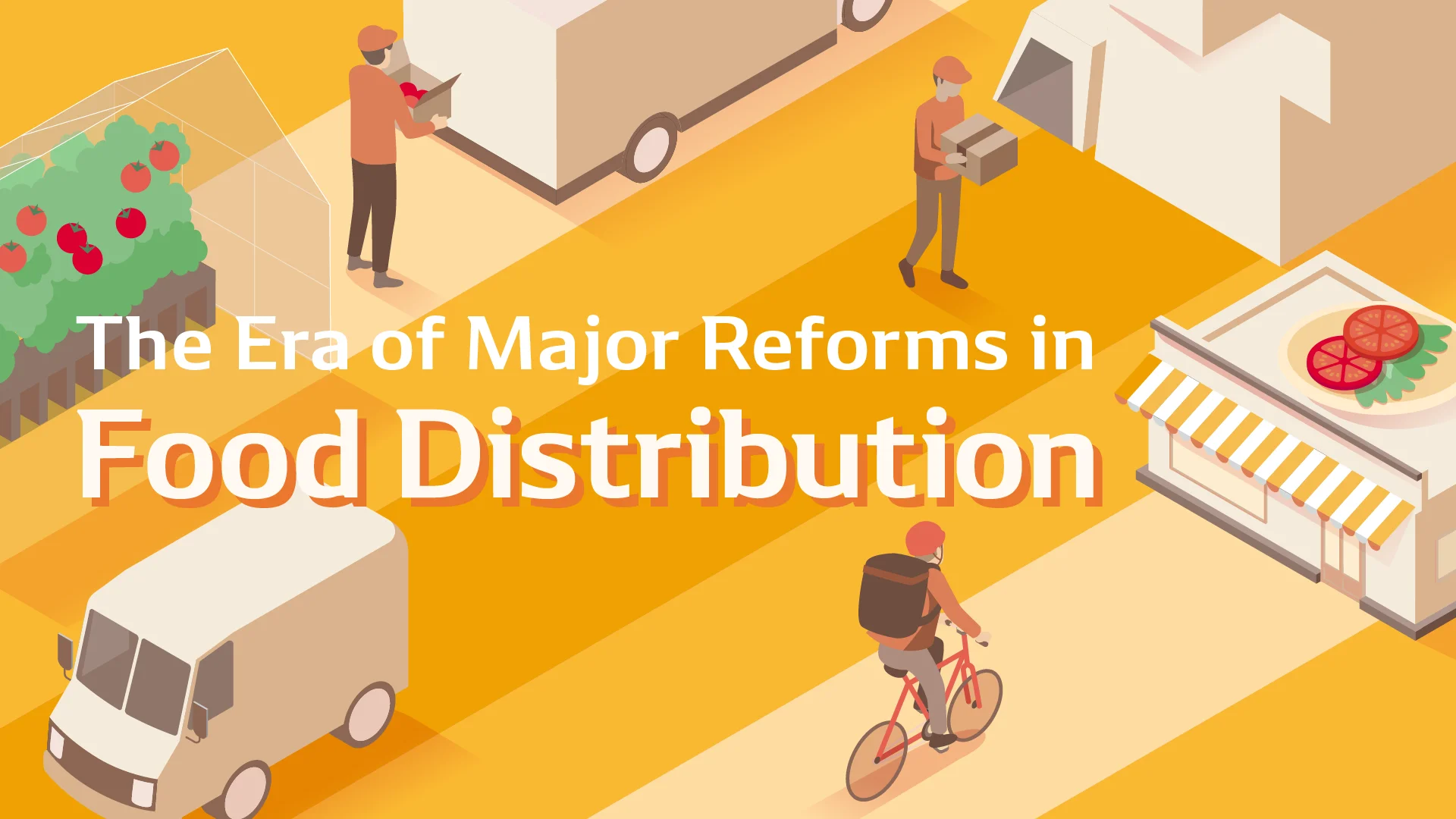Did you find this article helpful for what you want to achieve, learn, or to expand your possibilities? Share your feelings with our editorial team.
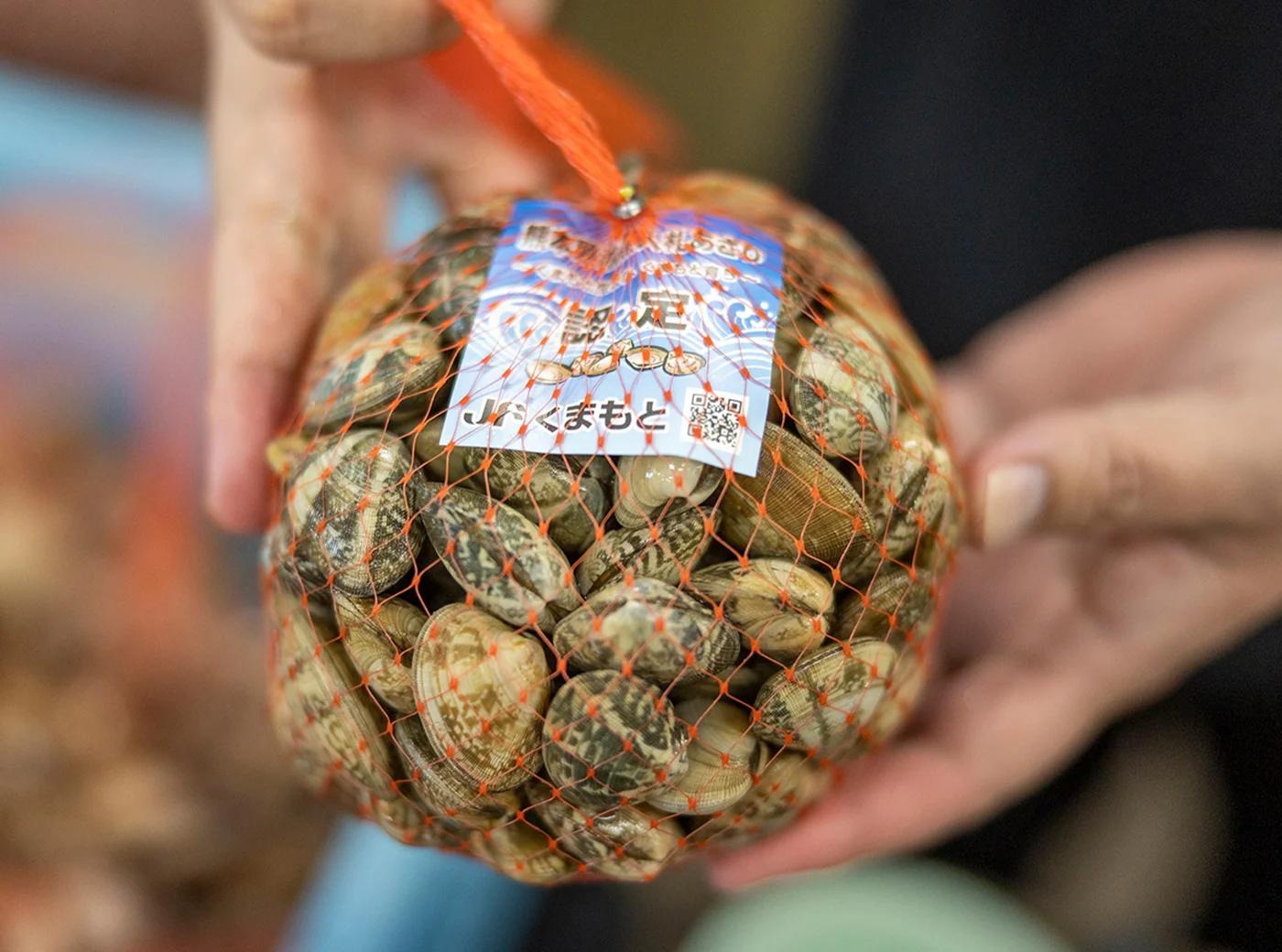

Jun 18, 2025
VISION & IDEARebuilding Trust in Kumamoto Clams
Taking on the Challenge of Origin Fraud With a New Traceability System Developed With the Prefecture and Prefectural Fisheries Association
The food on our tables reaches us through the support of many people across the food value chain. Traceability—ensuring transparency in this distribution process—is a crucial system that supports food safety and security.
However, incidents that shake our confidence in food safety do occur. In 2022, a scandal broke out involving fraudulently labeled Kumamoto clams flooding the market. To restore trust, DENSO partnered with the prefecture and fishermen to develop a QR code-based traceability system. Here's the story behind this initiative.
Contents of this article
97% of Kumamoto Clams Were Fraudulent - Urgently Rebuilding Trust and Transparency
Supermarkets and restaurants increasingly feature foods with visible information about producers and origins. Seeing notes like 'This vegetable was grown by Farmer X' or 'This fish was caught at Port Y' might give consumers confidence to enjoy their meals with peace of mind.
When considering food safety, ensuring transparency — where everyone can access information about origin, ingredients, and nutrients — is essential. Creating this transparency requires traceability systems that visualize how food items are produced and transported. Everyone in the value chain, from producers to distributors to consumers, must be able to track proper product distribution and whether issues like origin fraud, quality deterioration, or contamination have occurred.
In January 2022, news highlighting the importance of traceability made headlines across Japan. Reports revealed that most clams labeled as being from Kumamoto Prefecture were actually from China or Korea, with their origins falsified. In February that same year, the Ministry of Agriculture, Forestry and Fisheries announced that 97% of clams marketed as Kumamoto-sourced were likely foreign imports.
While the fraud was perpetrated by only some operators, the entire industry was thrown into chaos. There was an urgent need to restore transparency and rebuild trust.
Launching the Kumamoto Model to Quickly Revive the Industry and Protect Fishermen’s Livelihoods
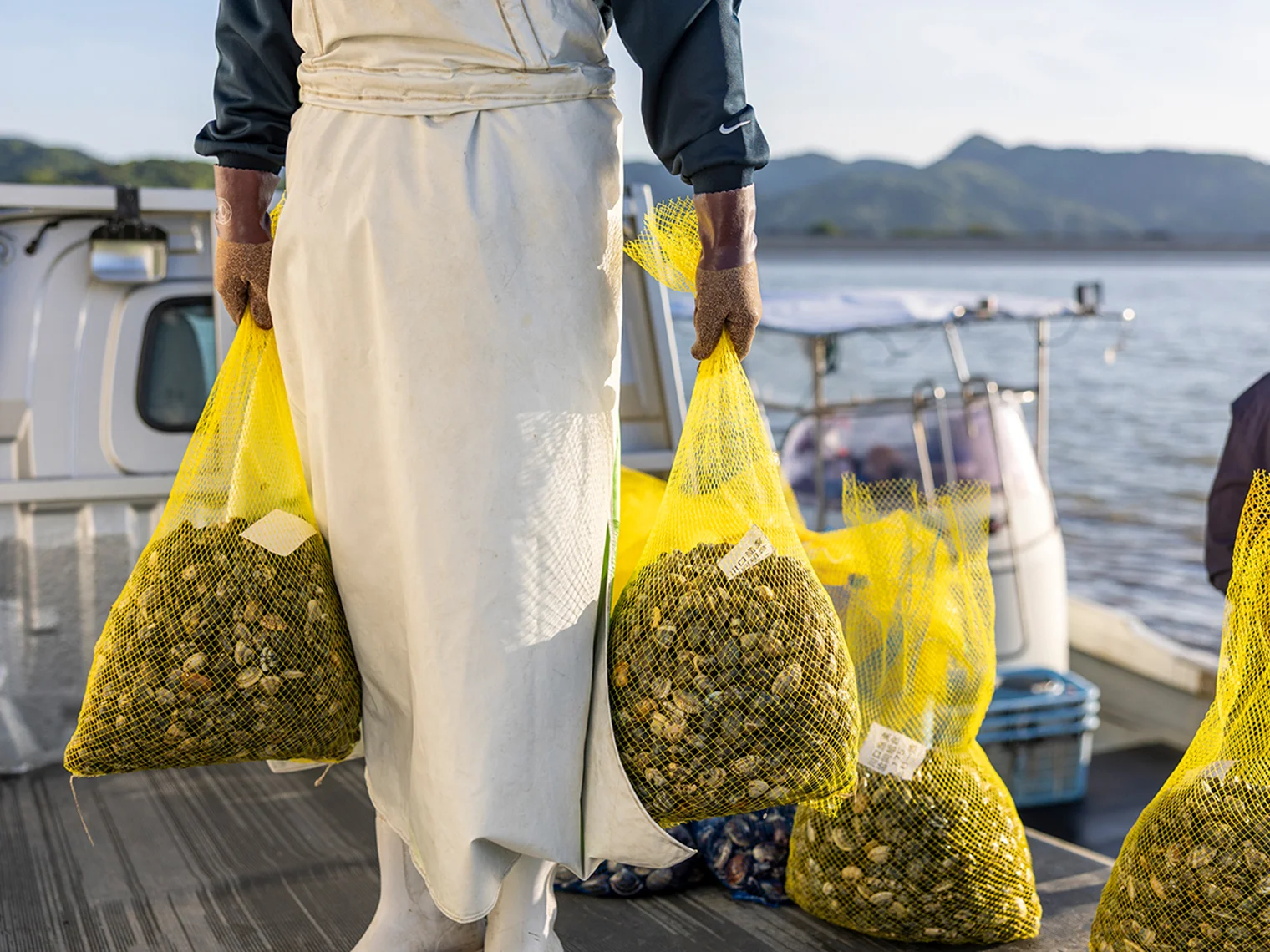
Following the revelation of origin fraud, Kumamoto Prefecture announced a two-month suspension of all Kumamoto clam shipments, calling the situation "a crisis threatening trust in Kumamoto's entire brand." Kengo Kajiwara, Director at Kumamoto Prefecture's Agriculture, Forestry and Fisheries Department, describes the situation:
"Stopping clam shipments directly impacted the livelihoods of our fishermen. Naturally, some voiced frustration about suffering consequences for the actions of a few bad operators. However, restoring trust in the Kumamoto brand—and ensuring authentic wild clams reached the market—required cooperation across the entire value chain. To gain everyone's understanding, the prefecture needed to take responsibility and lead the way."
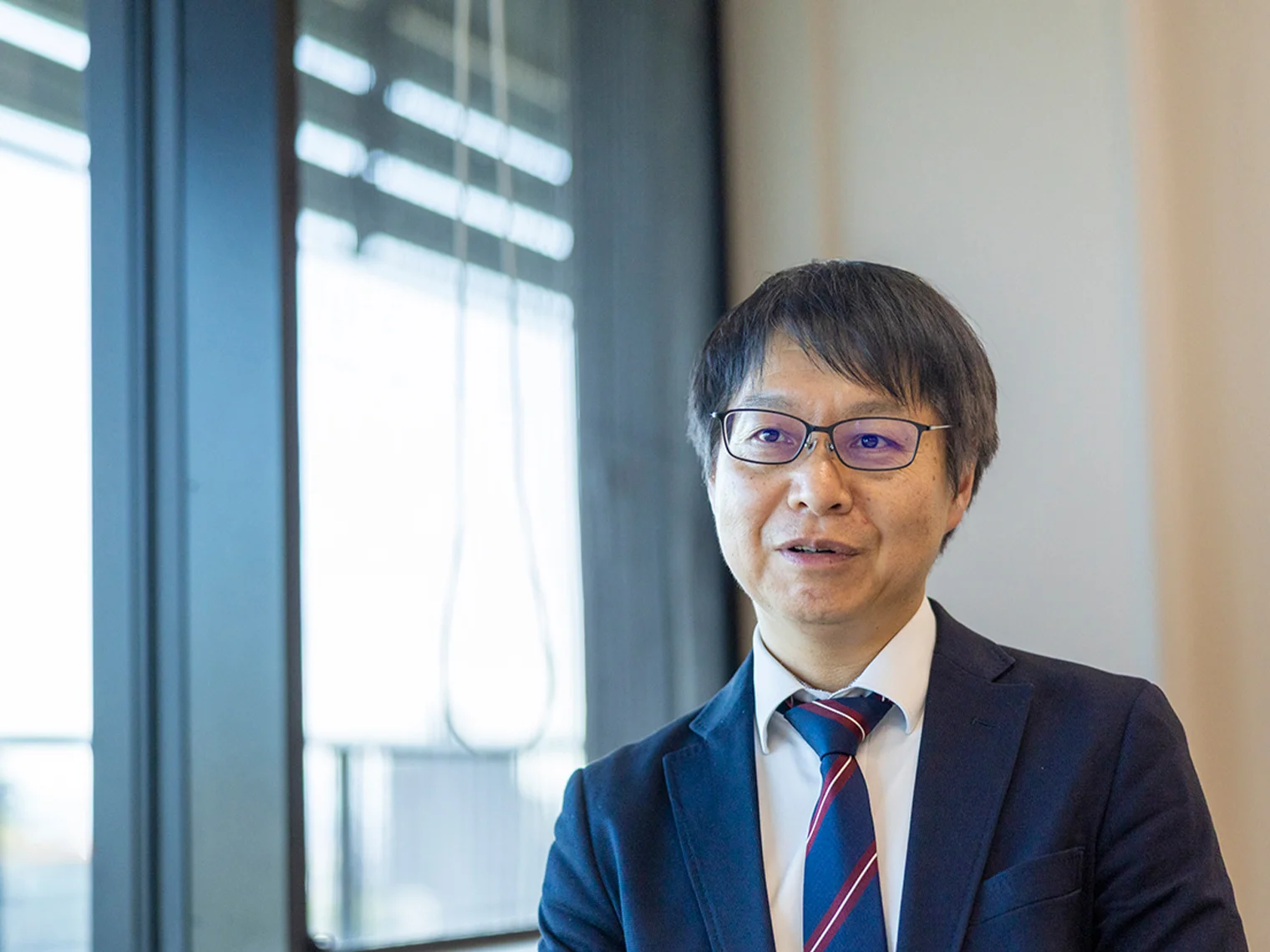
Subsequently, Kumamoto Prefecture established the Kumamoto Clam Brand Revitalization Council, bringing together local governments, fishing industry representatives, academic experts, consumer groups, and legal professionals to discuss strategies for industry recovery.
The outcome was the creation of a unique clam distribution system called the 'Kumamoto Model.' This model comprehensively manages the distribution process from fishing grounds to retail partners through traceability systems, retail certification programs, monitoring at fishing grounds, landing sites, certified factories and retail partners, and DNA analysis. This distinctively Kumamoto approach to distribution and sales prevents origin fraud and ensures genuine Kumamoto clams reach consumers.
In April 2022, two months after shipments were suspended, Kumamoto Prefecture initiated the first stage of the Kumamoto Model by issuing documentation (origin certificates) proving clams were genuinely from Kumamoto. Additionally, the Kumamoto Prefectural Fisheries Cooperative Association (Prefectural Fisheries Association) began publishing auction information and catch data on its website, allowing clam shipments to resume. Yoshiyuki Kuroki, Section Chief at Kumamoto Prefecture's Agriculture, Forestry and Fisheries Department, reflects:
"To protect fishermen's livelihoods, it was crucial to quickly create a system that would allow clam shipments to resume. We urgently conducted surveys while prefectural and Prefectural Fisheries Association staff physically verified there was no fraud through labor-intensive visual inspections at every stage."
After resuming sales through the Kumamoto Clam Brand Revitalization Council's coordinated efforts, the project advanced to its second stage with the introduction of digital technology.
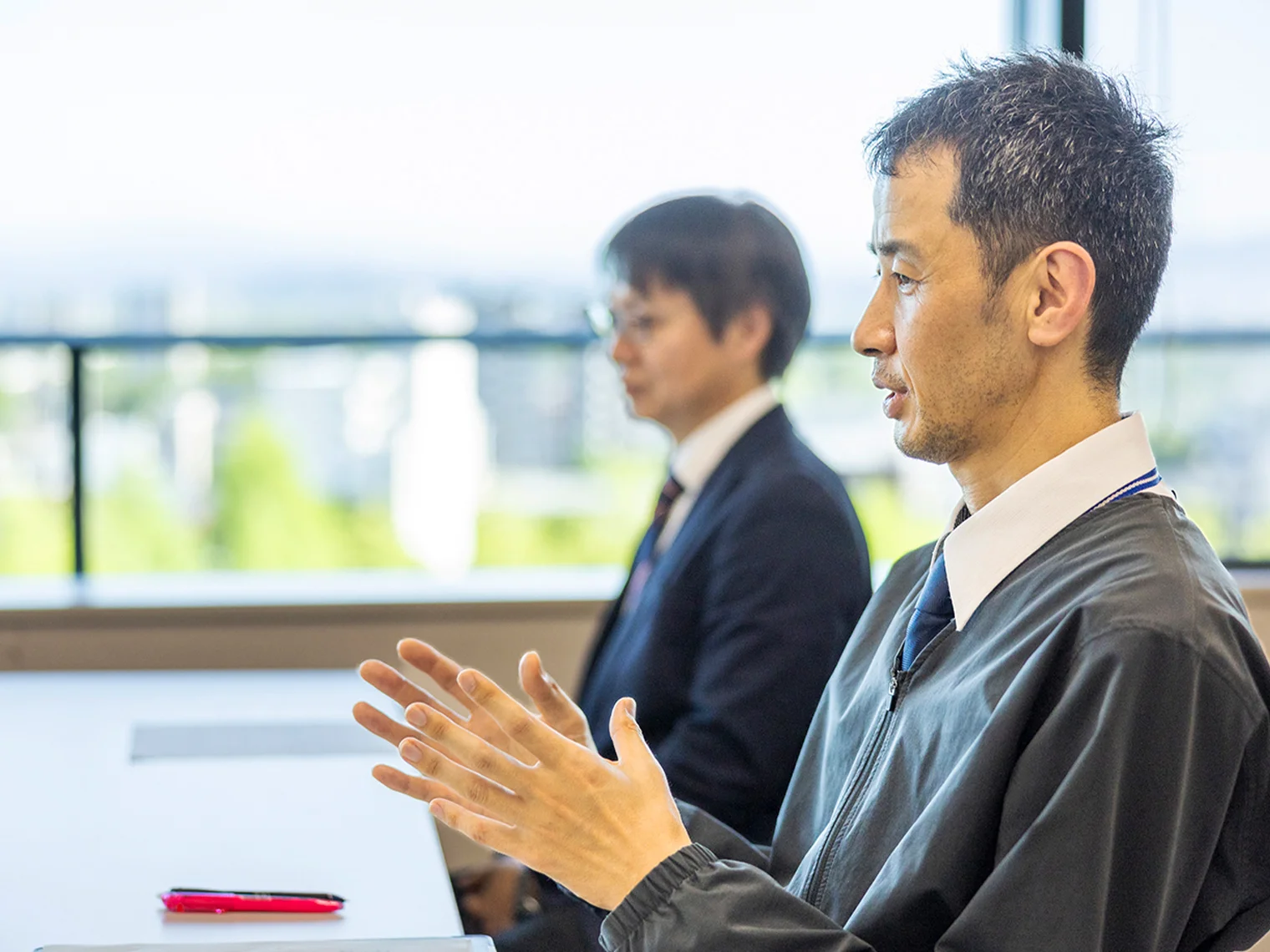
QR Codes Enabling Clam Traceability
The traceability system developed by DENSO using QR codes was implemented during this second stage. The system aimed to ensure clam traceability by centrally managing information from numerous businesses across the value chain.
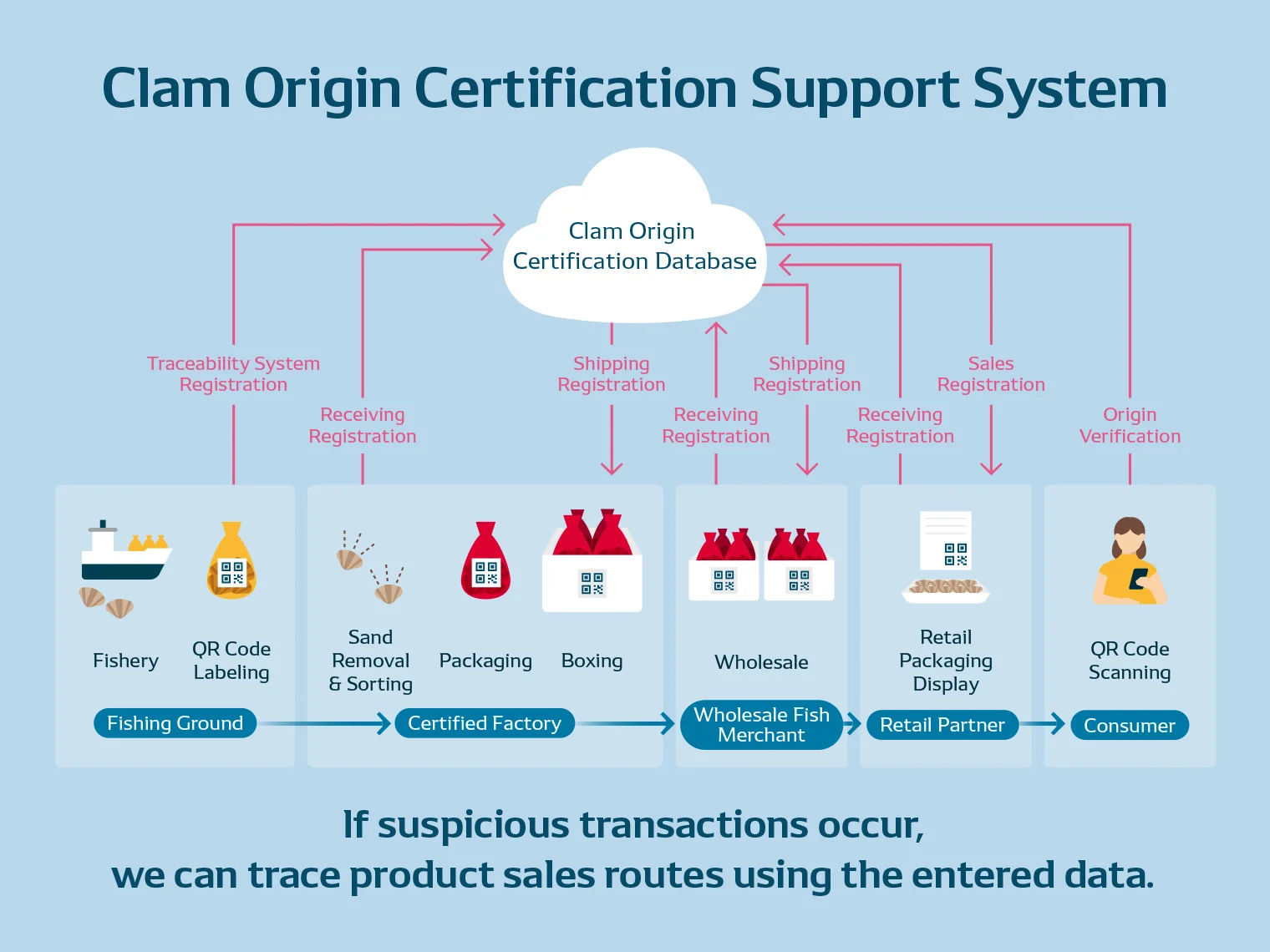
First, QR codes are used to visualize when and where Kumamoto clams are harvested and how they're transported.
As the clams move from fishing grounds through certified factories, distributors, and retail stores, their transaction history (quantity, date/time, partners) is recorded in the cloud.
Consumers can scan the QR code displayed on origin certificates at retail stores with their smartphones to verify when and where the clams were harvested.
To prevent mixing clams from domestic or foreign sources, the system is operated on an invitation-only basis. Additionally, a real-time monitoring system for tracking shipment volumes has been implemented.
We can follow the process from fishing grounds to retail stores to understand how Kumamoto clam data management works in practice.

Fishermen set out when clams are most plentiful as the tide recedes. The clams are placed in designated nets, which serve as evidence that they're managed under the Kumamoto Model. After landing, the clams are verified by the Fisheries Cooperatives and shipped with invoices bearing QR code stickers. Scanning this QR code and registering it in the traceability system begins the clam distribution management process.

The clams are then transported with their QR-coded invoices to factories certified by the Prefectural Fisheries Association. While these factories may handle imported clams as well as Kumamoto ones, they implement thorough anti-fraud measures to prevent mixing with clams from other regions.
工At the factory, the clams undergo sand removal, sorting, and packaging, and are packed in red nets before shipment. These red nets also guarantee the clams are from Kumamoto. The certified factories register information via QR codes twice, upon receiving and shipping. Clams that complete this process are transported to wholesale markets.

Upon arrival at wholesale markets, the clams are boxed according to the buyer, and each box includes a paper with a printed QR code. Information registration again occurs at both receiving and shipping.
When the clams arrive at retail partners, they first undergo receiving registration via QR code scanning, then are removed from boxes and packaged. Identification labels certifying Kumamoto origin are affixed to each package. Additionally, origin certificates with QR codes are displayed in stores so consumers can verify origin information.
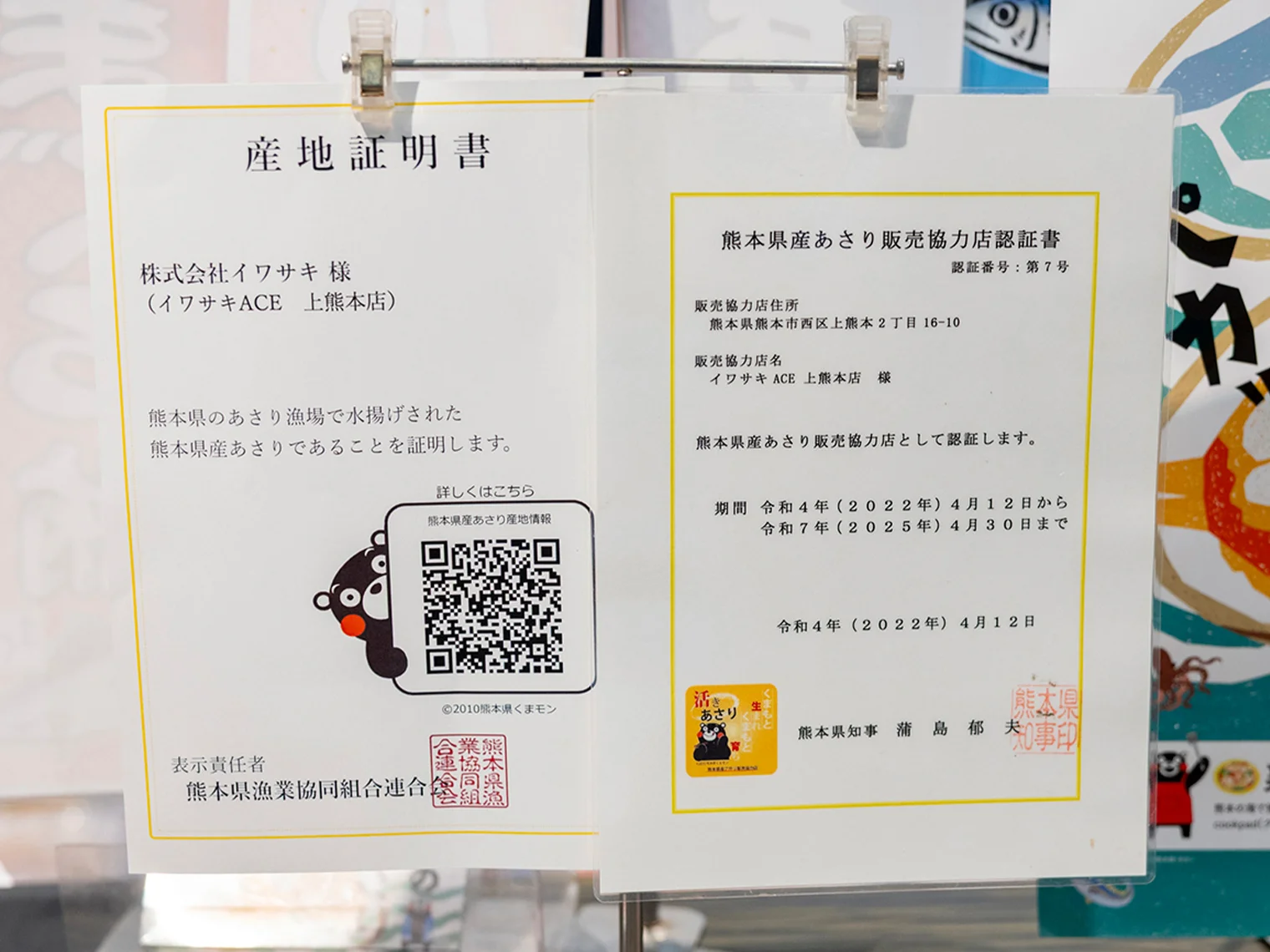
Through such comprehensive coordination across the entire value chain, a traceability system ensuring transparency for Kumamoto clams was rapidly established. Behind this achievement were the dedicated efforts of many stakeholders, with DENSO participating as an integral team member.
Creating a System That Works On-Site

Kumamoto Prefecture and DENSO's collaboration on implementing the Kumamoto Model began when their project to build a traceability system and enhance the brand value of Kumamoto clams was selected for the Ministry of Agriculture, Forestry and Fisheries' Value Chain Collaboration Promotion Project, which aims to grow the fishing industry.
The traceability system needed to be developed quickly, as the manual issuance of origin certificates and monitoring that began in April 2022 had cost limitations. Plans were made to launch a traceability system pilot in June that same year.
Given the short implementation timeframe, the project's initial phase involved conducting value chain surveys while simultaneously developing system specifications. DENSO worked closely with the prefecture and fishermen throughout development. Eitaro Tanaka, Manager of DENSO's Food Value Chain (FVC) Business Development Division, emphasizes that their primary focus was building a system that minimized the burden on on-site workers.
"A system is meaningless if people don't use it. The origin fraud problem had already thrown the industry into confusion, and adding new work processes would create an additional burden. That's why, when developing the traceability system, we went on-site repeatedly to understand actual conditions and find ways to implement the system with minimal changes to fishermen's existing operations."
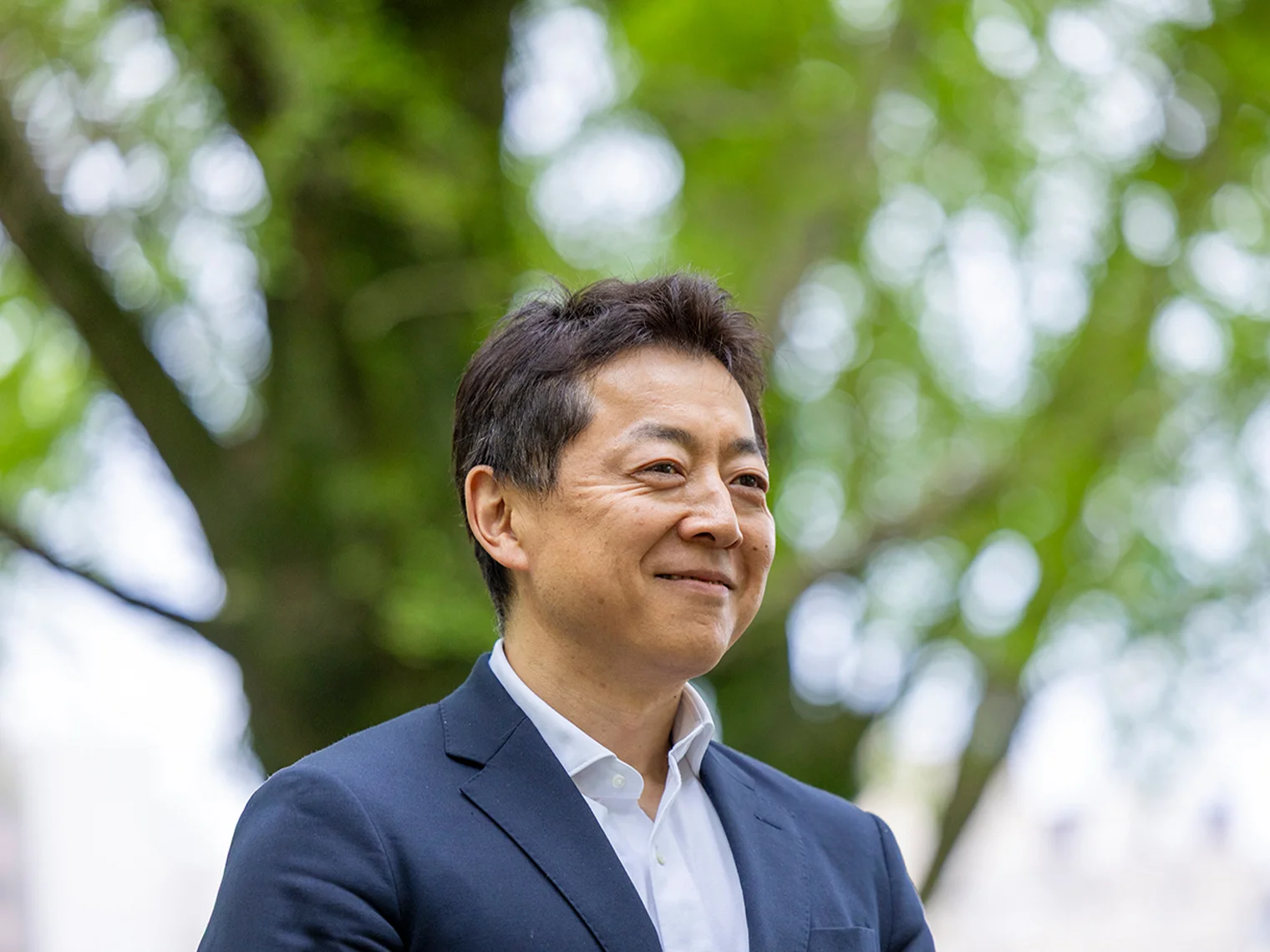
With this approach in mind, DENSO deliberately avoided repurposing existing traceability systems that use new technologies like blockchain or copy-protected QR codes. Instead, they focused on building a new system optimized for Kumamoto's specific needs by combining general-purpose technologies.
Even after implementing the system in June 2022, they continued making improvements based on on-site feedback to enhance the system. Specifically, retailers initially applied QR code stickers to each packaged product, but this created a high workload. The process was changed to display a single QR code for the certificate of origin on-site. Other improvements included adding functions to help certified factories and wholesale markets centrally manage information exchanged with numerous business partners, continually refining the system to suit Kumamoto's specific operational environment.
Tanaka emphasizes the importance of ongoing on-site engagement:
"Successfully implementing the system quickly wasn't the end of the project. Some feedback only emerges after implementation, so in coordination with the prefecture, we incorporated that feedback and continuously made improvements. As a result, people on-site came to understand our enthusiasm and commitment, and now they more actively share ideas for system improvements. The distance between on-site workers and developers has significantly narrowed."
Results That Restore Food Confidence and the Ecosystem
The Kumamoto Model has produced various positive outcomes.
When the system was introduced in June 2022, QR-coded origin certificates were displayed in 589 stores, primarily in the Kyushu and Chugoku regions. This certification system was later expanded to the Kansai and Kanto regions, and today, more than 2,000 stores nationwide communicate the safety of Kumamoto clams.
As availability expanded, positive feedback from clam purchasers followed. A consumer survey by the Research Group on the Value Assessment of the Traceability Support System for Kumamoto Clams showed there was a willingness to pay higher prices for clams shipped through the traceability system compared to those without certification.
The implementation of the Kumamoto Model is also expected to improve marine ecosystems. Clams are not naturally occurring; they require a well-maintained ecosystem for sustainable harvesting, making it important for the entire industry to prevent overfishing and promote ecosystem protection. The real-time monitoring system for tracking shipment volumes in the Kumamoto Model is helping create these conditions.
There have also been efficiency gains. There was an 18-hour per month reduction in issuing origin certificates and clam shipping processes at the Prefectural Fisheries Association compared to the paper-based certification period.
Reflecting on lessons from this initiative, Tanaka says:
"When implementing systems that address social challenges, removing barriers at the on-site level is crucial. Introducing new technologies or work processes can be challenging for people on-site. That's why it's important to build systems together with on-site workers and have them actually use these systems to experience their convenience and effectiveness. Seeing the satisfaction of people on-site motivates me personally."

Continuous Improvement for Food Safety and Security
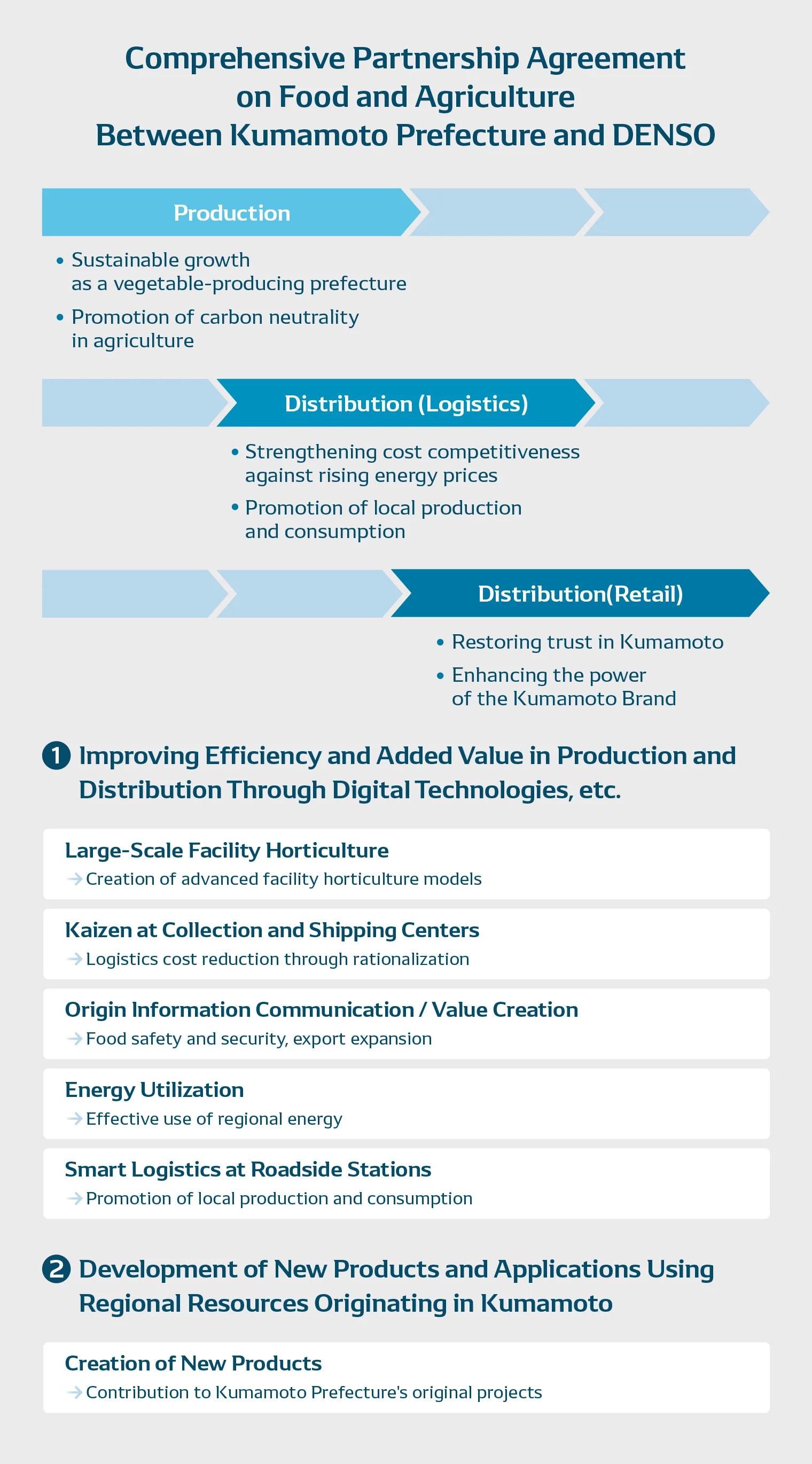
Future initiatives related to the Kumamoto Model include expanding the network of Kumamoto clam retail partners nationwide, establishing services that make it easier for purchasers to verify origin information, and building systems to digitally manage the use of origin certification labels.
Aside from the clam traceability system, DENSO and Kumamoto Prefecture signed a Comprehensive Partnership Agreement on Food and Agriculture in October 2022 to contribute to the future of the entire food industry. This agreement aims to revitalize the region and establish food security through promoting digital transformation, creating new products, and enhancing brand value.
Specifically, plans include dispatching DENSO employees to Kumamoto Prefecture using the corporate hometown tax donation system to bring DENSO's expertise in manufacturing process efficiency improvement (Kaizen) to agricultural and fishery settings, implementing projects to apply smart logistics solutions at roadside stations in Kumamoto Prefecture, and pursuing various other collaborative initiatives.
Additionally, DENSO is working to apply its QR code-based traceability system to other products. For example, they're building a system to ensure proper distribution of young eels caught in Aichi, Kagoshima, Miyazaki, and other domestic regions, aiming to contribute to traceability across diverse fields and regions beyond Kumamoto.
Regarding future prospects, Tanaka expresses his desire to continue initiatives that can contribute to society and the industry as a whole.
"DENSO has over 70 years of history, and I personally have been involved in research and development at DENSO for more than 20 years. Having built numerous technologies and networks over this long period gives us the potential to make a significant social impact. That's why, going forward, I hope to further refine DENSO's technologies and expertise while considering what challenges we can solve and which industries we can contribute to, and putting these ideas into practice."
COMMENT
Changing your "Cant's" into "Cans"
Where Knowledge and People Gather.

